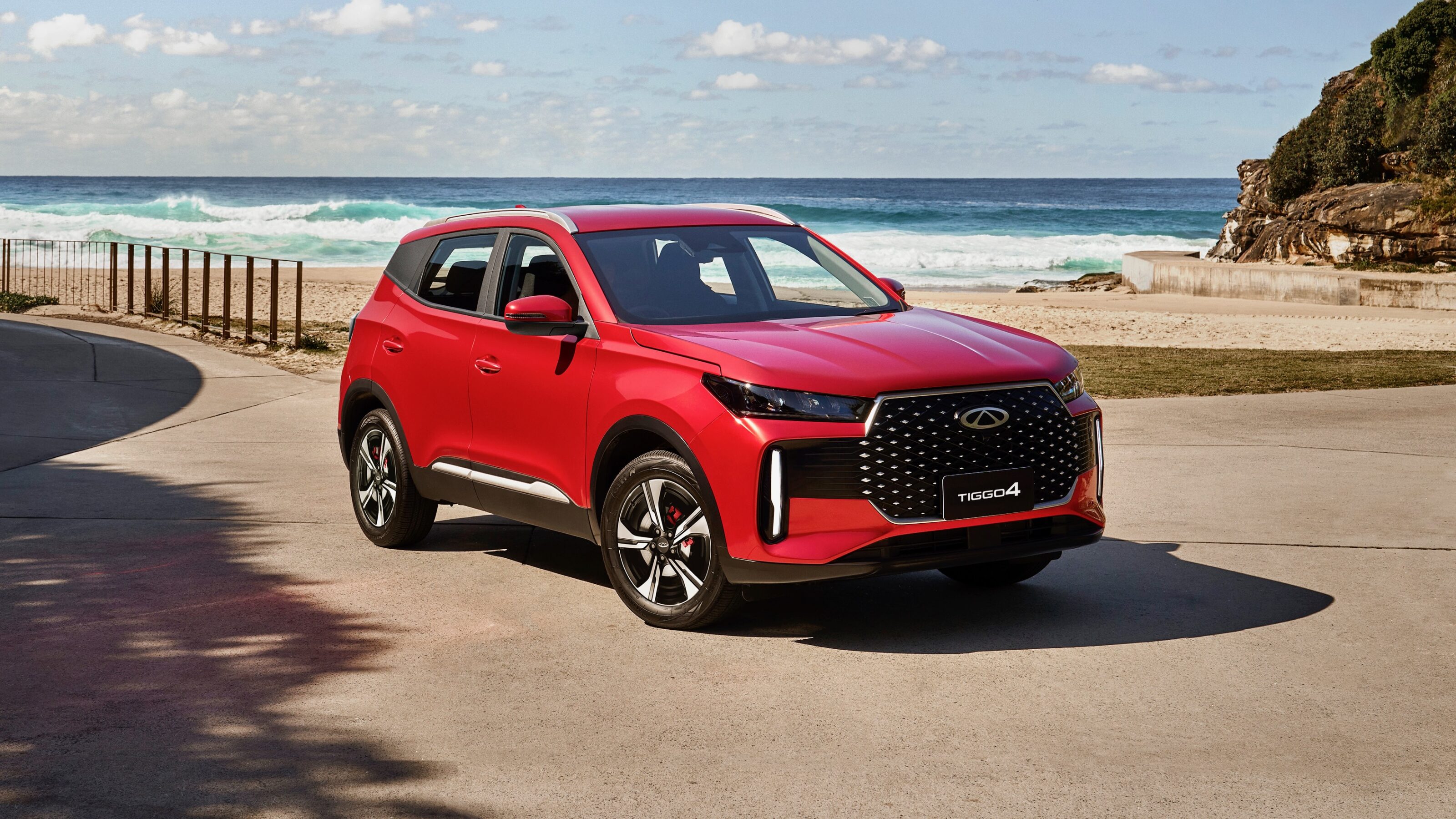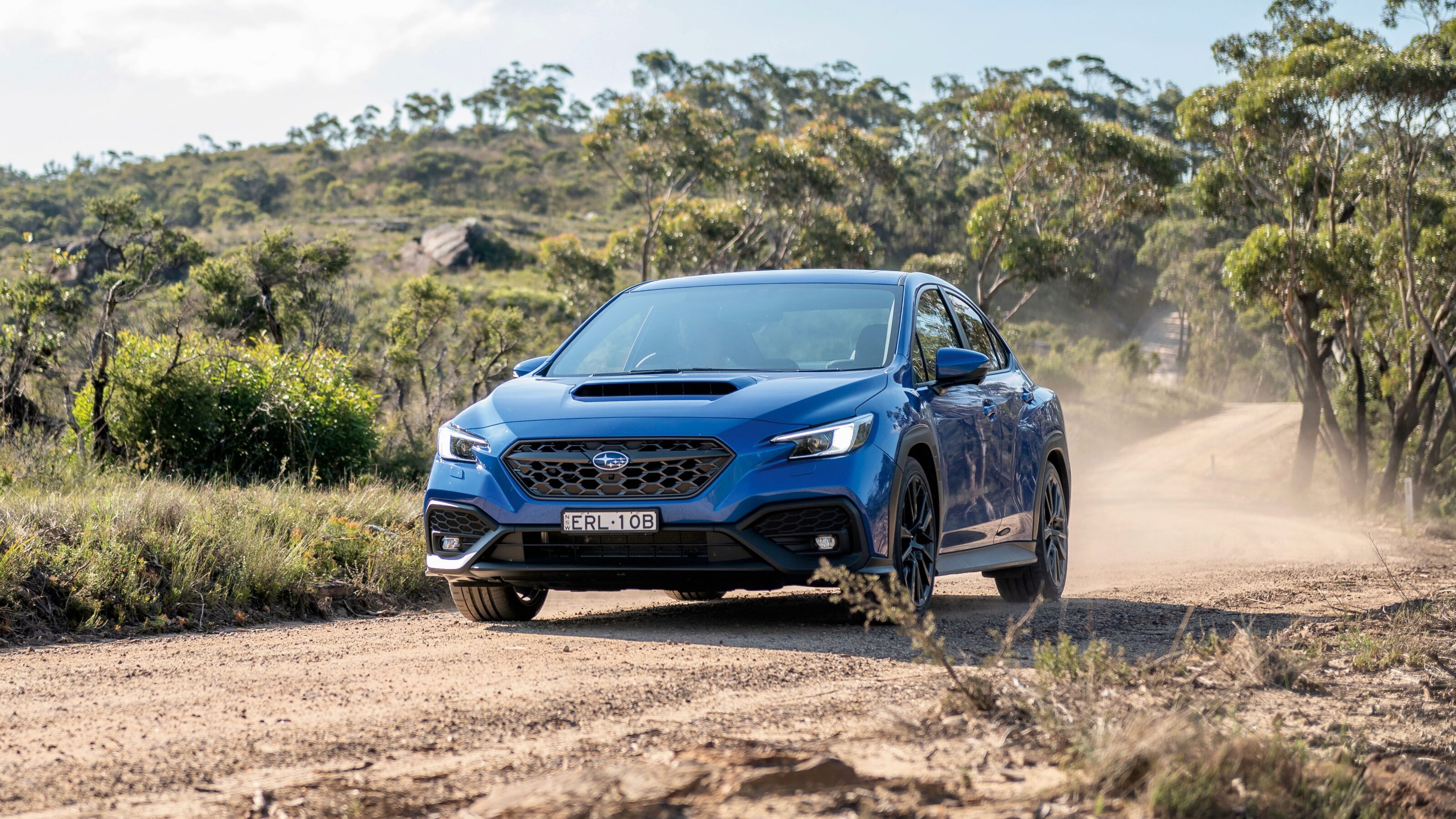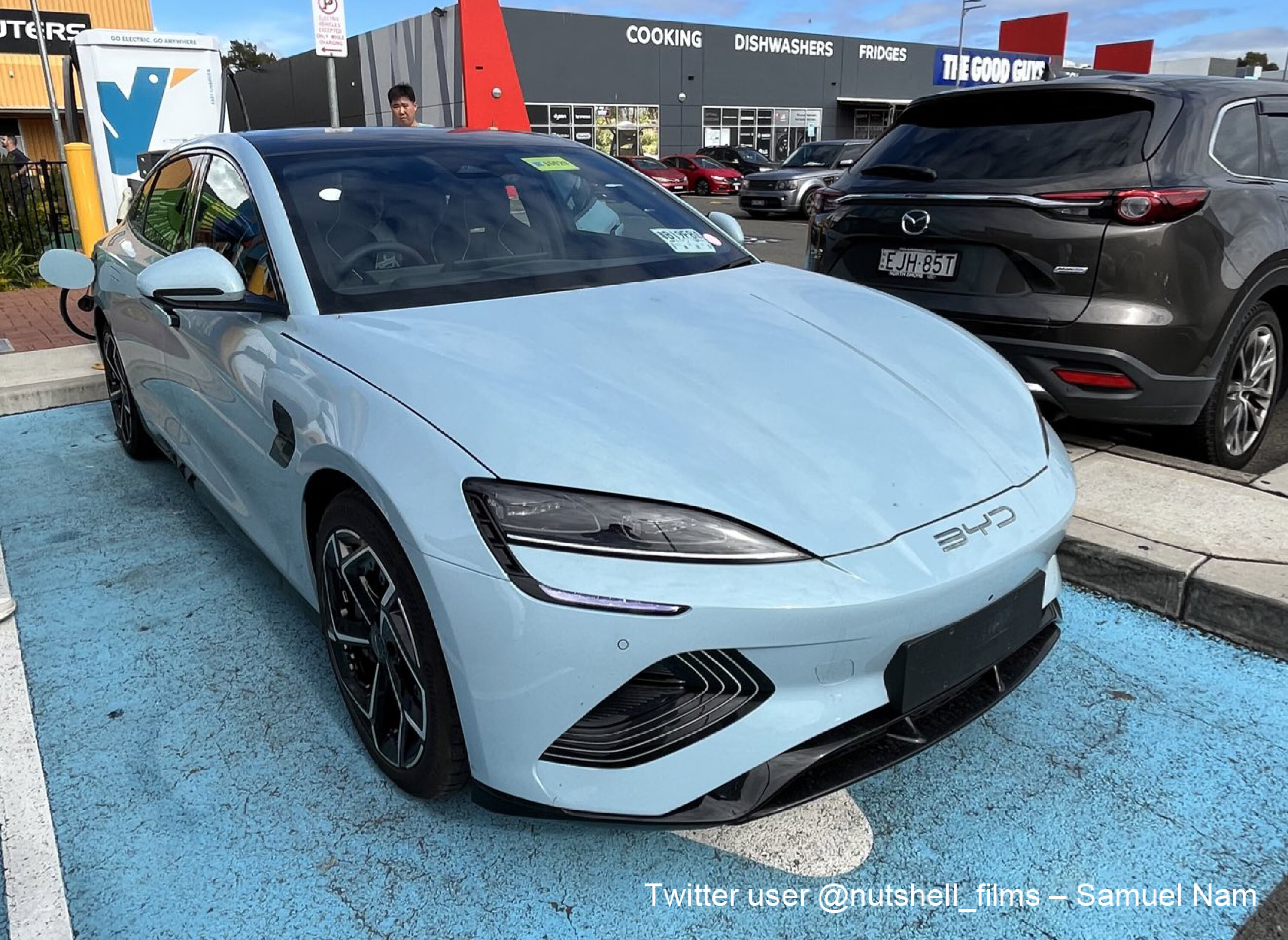
May 2023: BYD Seal spied in Sydney
The BYD Seal, a midsized Tesla Model 3 rival, has been spied in Sydney this week.
Key Points
- New EV appears on social media, spotted in Sydney
- Test car here in RHD form; could be a production car
- Australian launch confirmed, timing currently sometime in second half 2023
Spotted on Twitter by Wheels Media contributor Henry Man, the Seal / Atto 4 was spied by user Samuel Nam [↗], plugged into an Evie charger in Bankstown.
As one commenter noted [↗], the Seal is here in right-hand-drive, but its charging point remains on the driver’s of the vehicle – less than ideal for any potential roadside charging in a parallel-parked position.
Another reply said, “BYD gonna be the android of EVs very soon in Australia” – likely a reference to the ubiquity of affordable Android devices in the market, although it could be a sly poke at BYD as an ‘inferior’ alternative to Tesla, often described as the Apple of car brands.
We’ve contacted local BYD distributor today for an update on the Seal’s Australian launch timing and will update this story when we know more. See our story here on the Seal and Dolphin being confirmed for Australia.
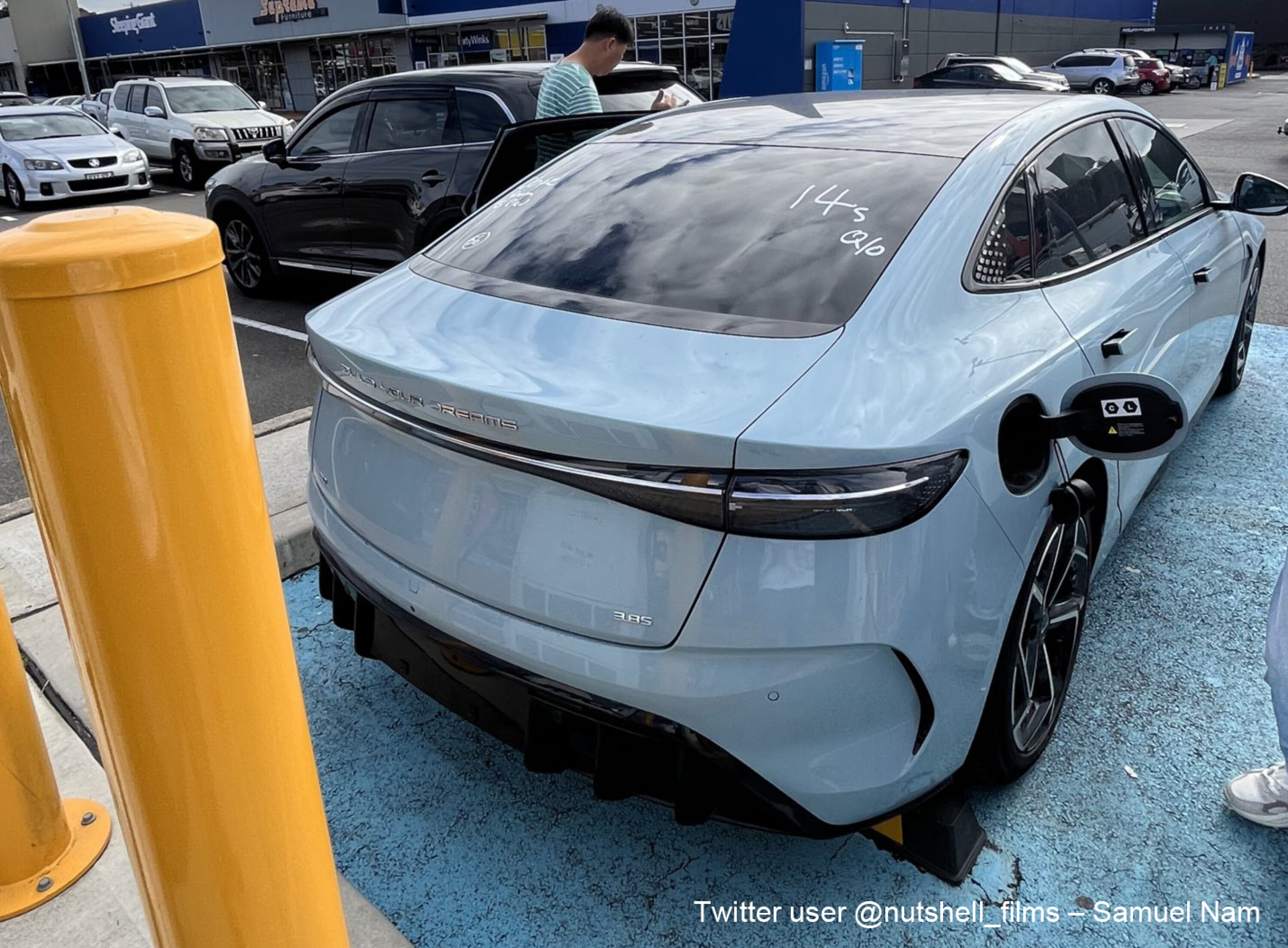
November 2022: Seal expected for Australia by second half 2023
The BYD Dolphin and Seal have hit a slight delay for Australia, with pre-orders now expected to open in 2023 in order to cut delivery wait times. Get the full story at the link below.

August 2022: BYD Seal sedan launches in CHina
Chinese electric vehicle company BYD has launched a Tesla Model 3-rivalling electric sedan in its domestic market, ahead of an expected Australian launch in early 2023.
The mid-size electric sedan is badged BYD Seal in China but could adopt the Atto 4 nameplate locally, according to EVDirect’s Luke Todd – joined by the Atto 3 small SUV and Dolphin (or Atto 2) small hatchback.
EVDirect is the local third-party distributor for BYD vehicles, with an aggressive model expansion planned for Australia.
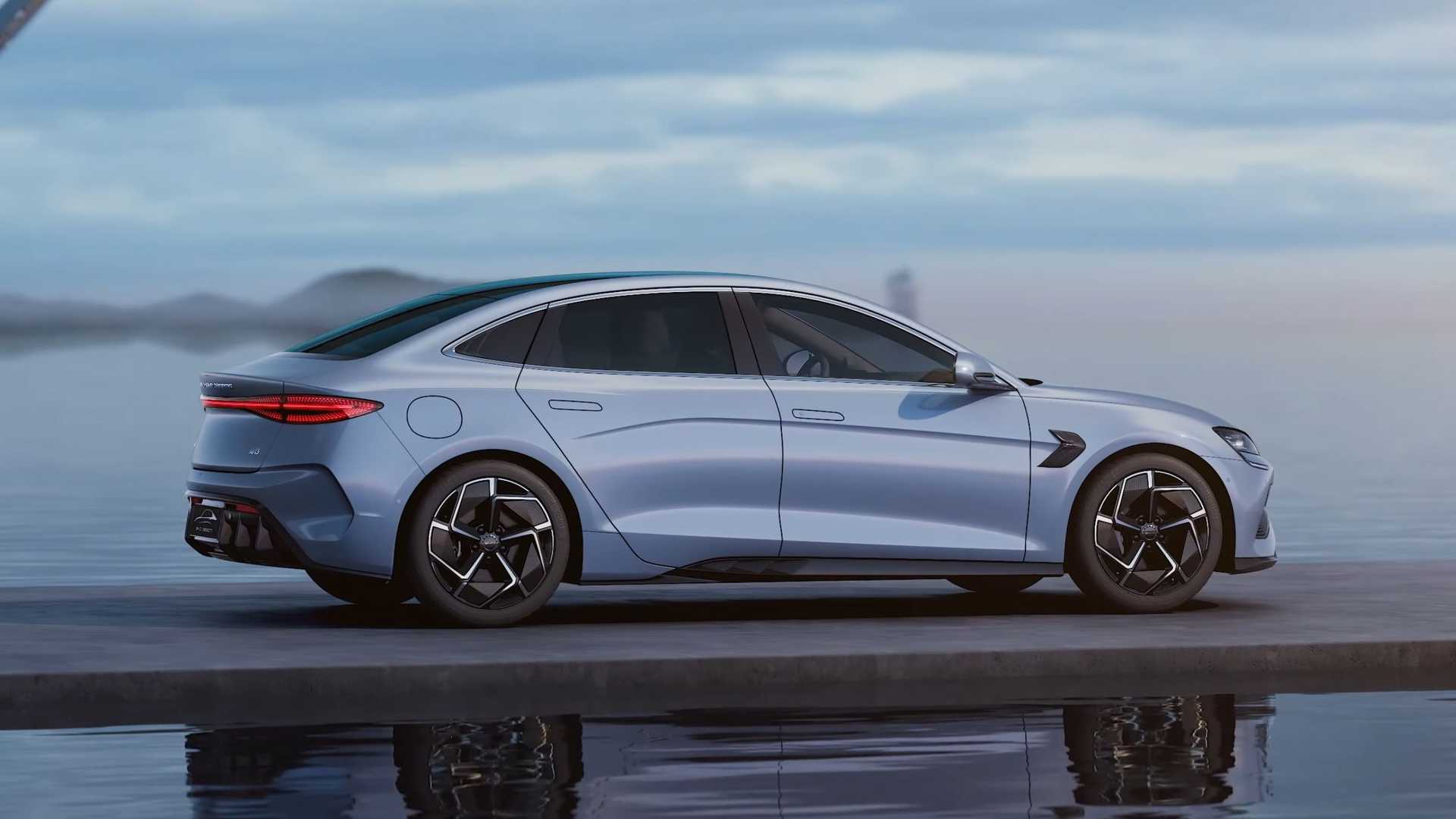
Last week, the electric vehicle marque launched in the Japanese market – an uncommon move for a Chinese brand – with the Atto 3 joined by the Seal and Dolphin, in a move that could extend to our market. BYD is yet to officially confirm details for Australia.
While the BYD Atto 3 is aimed to target the MG ZS EV, Kia Niro EV and Hyundai Kona Electric, the Seal will compete against the top-selling Tesla Model 3, with similar dimensions and technical specifications.
Measuring 4800mm in length, 1875mm in width and 1460mm in height, the BYD Seal is around 160mm longer but 58mm slimmer than the Model 3 – and similar in size to a Toyota Camry.
According to InsideEVs, BYD claims it has recorded more than 60,000 pre-orders for the Seal in China, with prices starting from 222,274 yuan (AU$46,800) and extending to 286,800 yuan ($60,450) for the range-topping extended range variant.

For comparison, before subsidies, the entry-level Tesla Model 3 is priced from 280,000 yuan (AU$59,000) in China.
As an example, applying the $14,000 difference in pricing between China and Australia for an Atto 3 would see the BYD Seal priced around $60,000 to $74,500 locally – undercutting the Tesla Model 3, which is listed from $65,500 before on-road costs.
Depending on the battery, there is an NEDC-rated driving range between 550km and 700km, with lower numbers expected under the more-stringent WLTP standard.
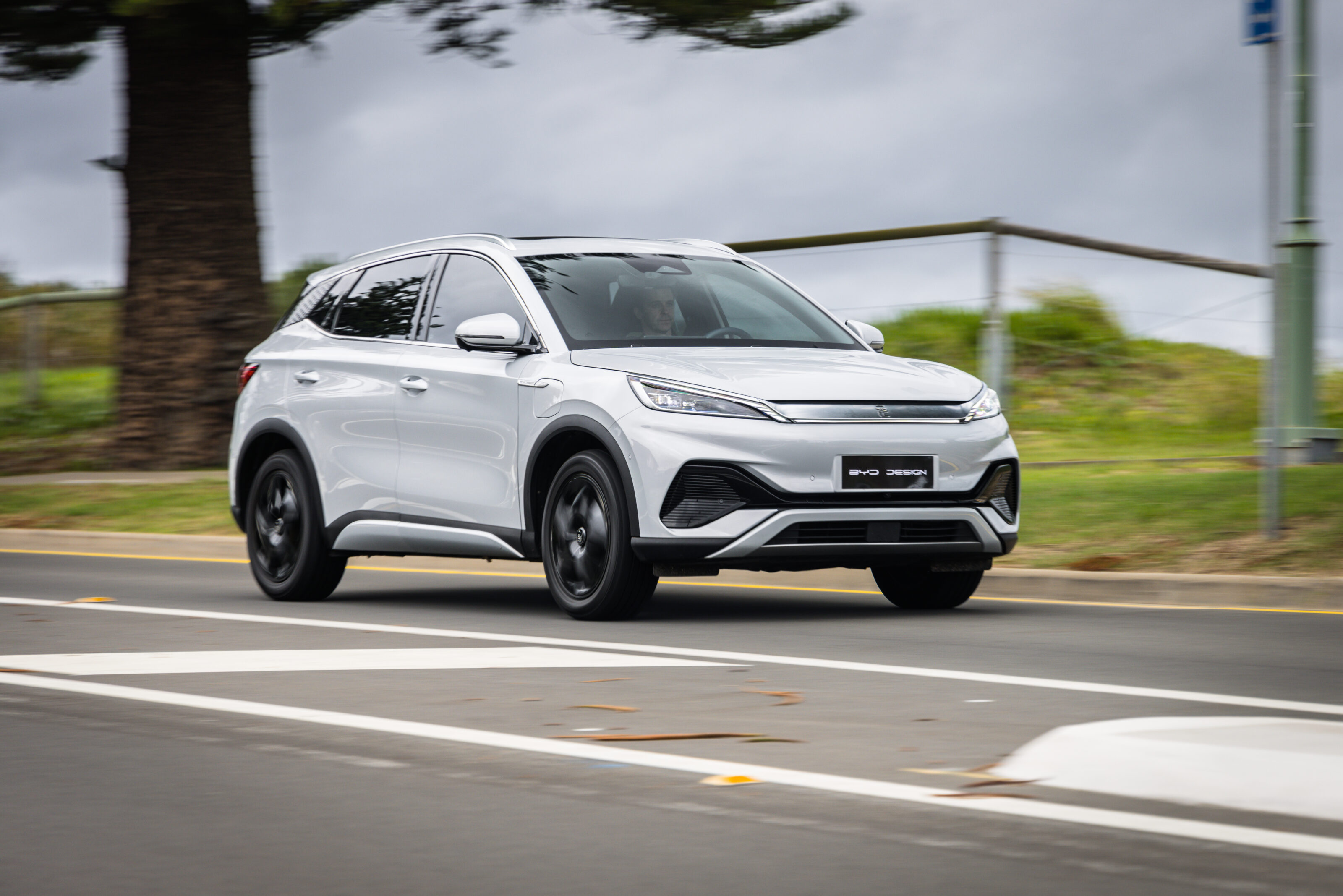
The standard range model features a 61.4kWh battery pack and a single electric motor producing 150kW of power and 310Nm of torque, with power believed to be sent to the rear wheels. The claimed range is 550 kilometres, with a 0-100km/h time of 7.5 seconds.
Stepping up to the long-range variant brings a larger 82.5kWh battery and a more-powerful 230kW and 360Nm motor, with a claimed 0-100km/h time of 5.9 seconds and 700km range.
The dual-motor, all-wheel drive model has a 230kW rear and 160kW front motor, with a total system output of 390kW and 670Nm, allowing for a 3.8 second 0-100km/h time and 650km range.
Under the skin, the BYD Seal rides on the brand’s latest ‘e-Platform 3.0’ electric vehicle architecture, featuring 800-volt charging capabilities and its proprietary lithium-iron phosphate ‘Blade’ batteries to improve durability and lifespan.
We recommend
-
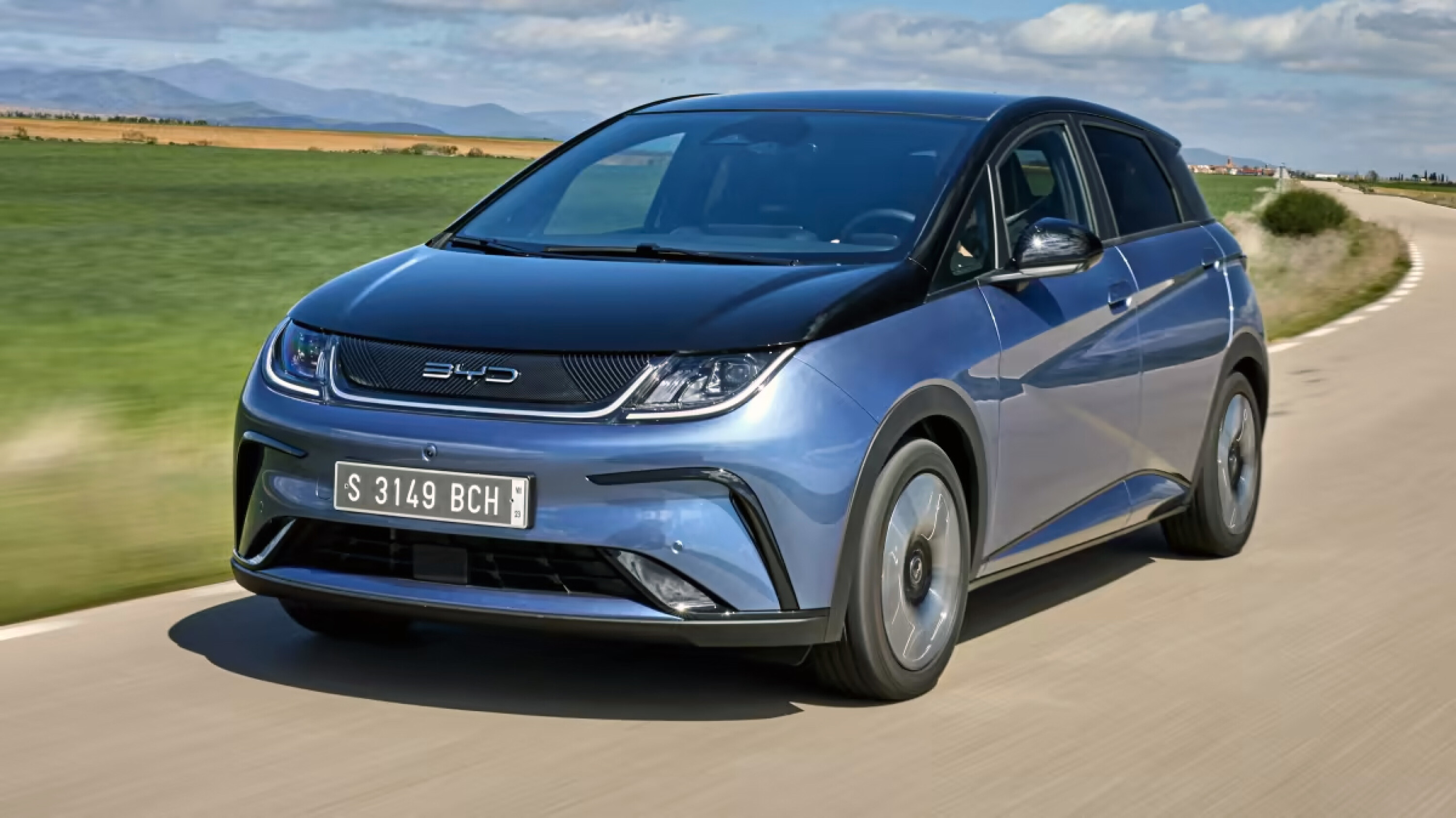 News
NewsBYD Dolphin EV on sale in Australia from June 22, pricing due this week
Confirmed: It'll be called the BYD Dolphin rather than the 'Atto 2', and get this – they're launching it at Seaworld. Love it. ?
-
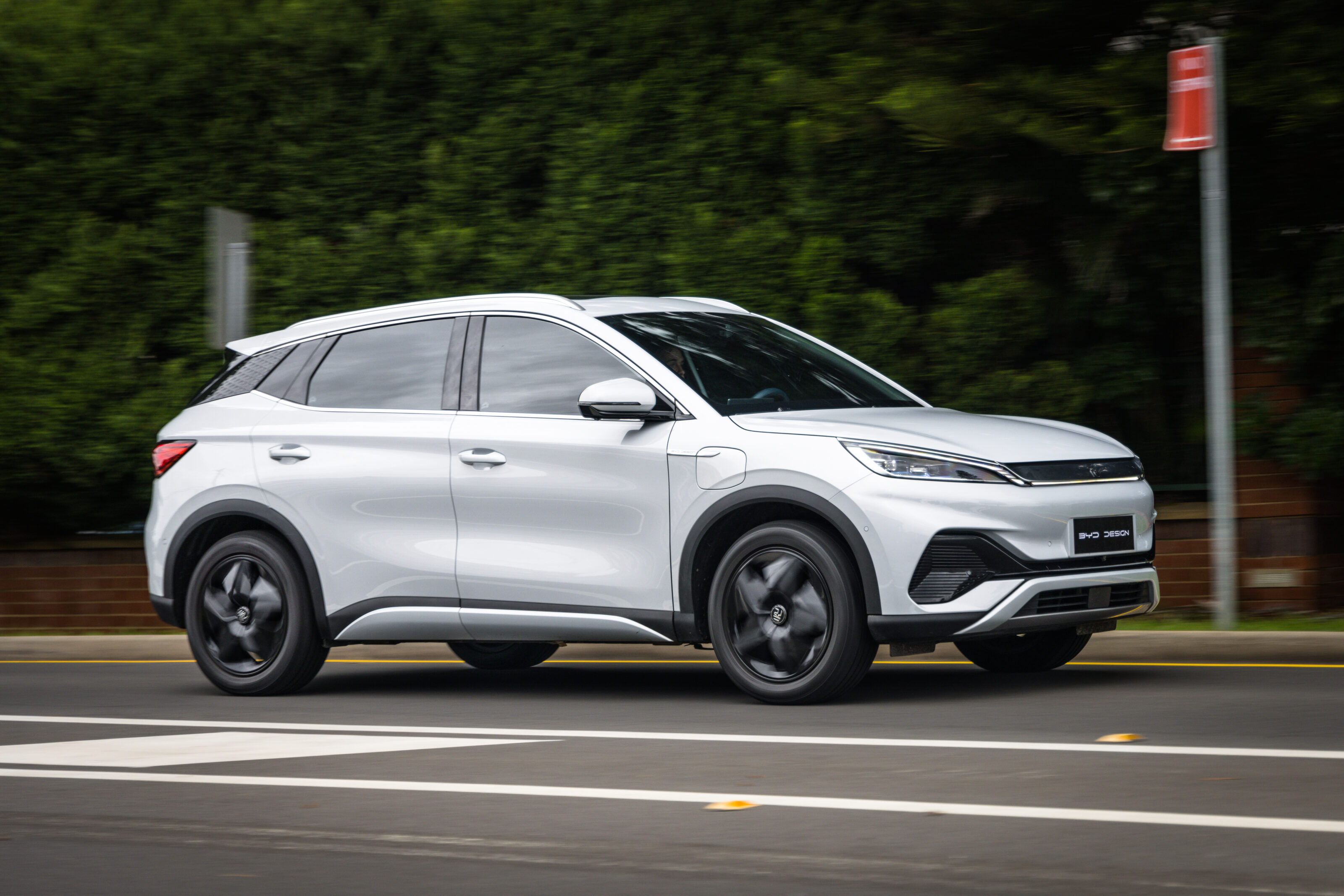 News
NewsBYD Atto 3 electric SUV: Delivery delays hit entry model
BYD has prioritised the Atto 3 Extended Range, leading to delays for the entry-level Standard Range variant
-
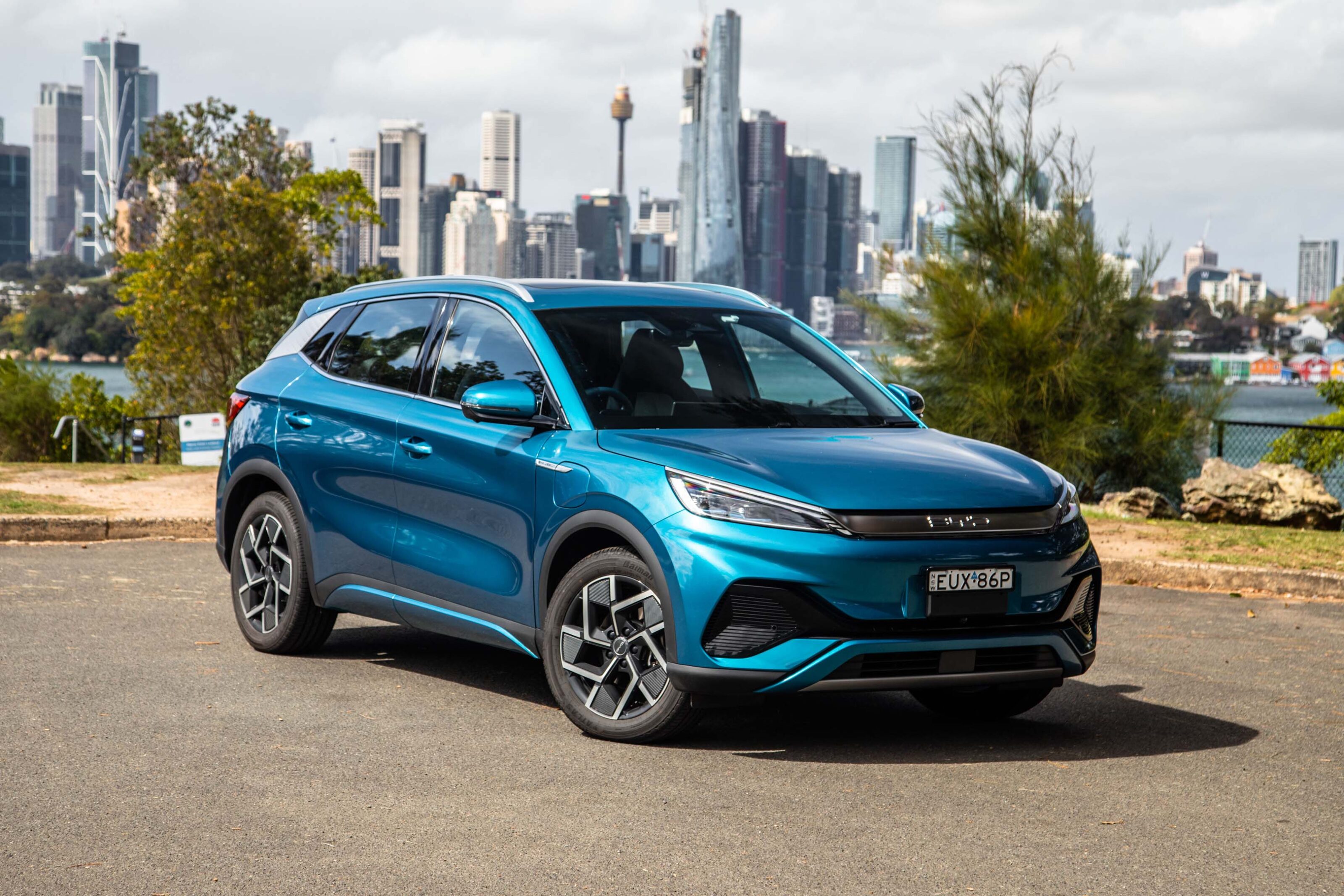 News
News2023 BYD Atto 3 pricing and features: Price rise for electric SUV
China's BYD Atto 3 has been hit by a circa-$3600 price increase, removing its title as the cheapest electric vehicle in Australia


